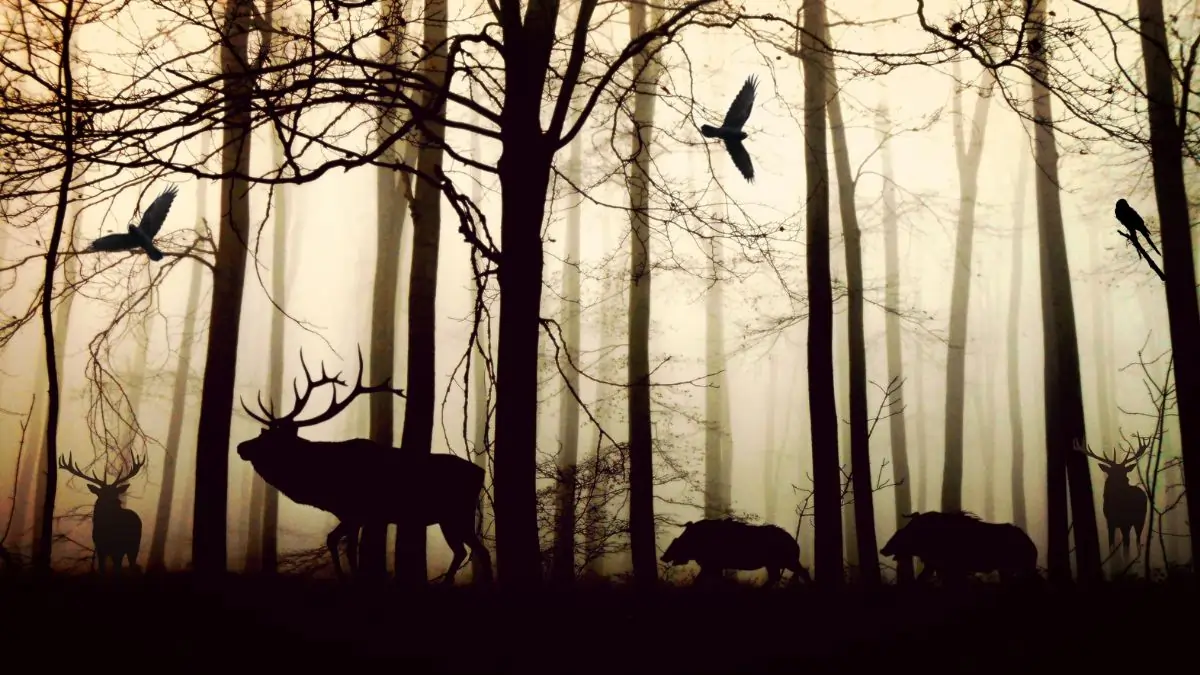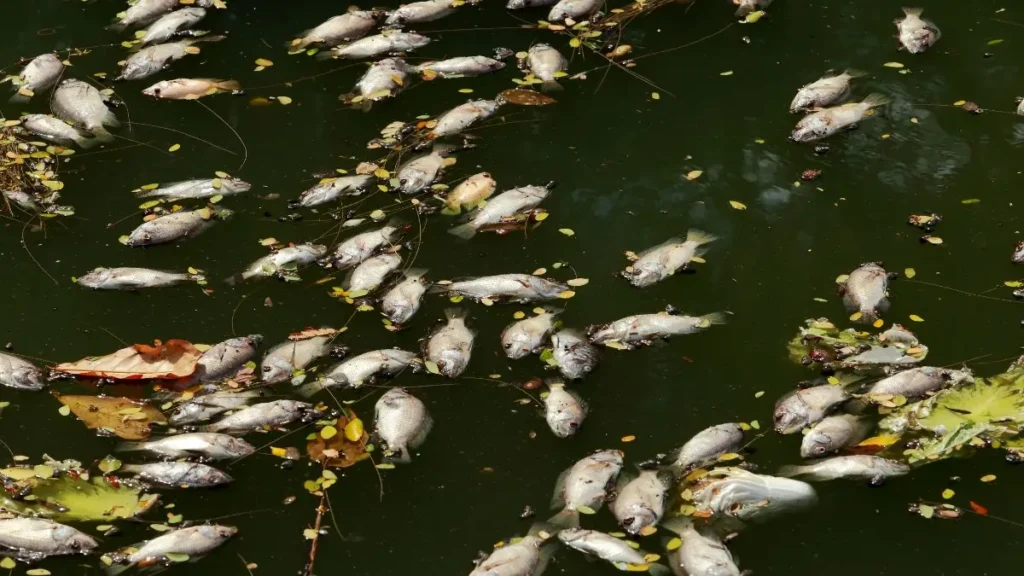
Pollution represents a significant threat to wildlife and habitats globally, manifesting in various forms, including chemical runoff, plastic waste, and industrial pollutants. Each type of pollution imposes distinct consequences on ecosystems, leading to destabilization and endangerment of numerous species.
Effects of Chemical Pollution

One of the most pressing issues is agricultural runoff, which is a major contributor to water pollution. The improper use of fertilizers and pesticides in farming results in hazardous chemicals entering waterways, leading to toxicity in aquatic ecosystems. This chemical runoff disrupts reproductive systems and causes hormonal imbalances in wildlife, severely impacting populations of species such as amphibians, fish, and birds. For example, studies have shown that pollutants can weaken immune systems and cause physical deformities in amphibians, contributing to the extinction of species like the Monteverde golden toad[1][3].
Additionally, bioaccumulation poses severe risks, particularly to predators in the food chain. For instance, Peregrine Falcons experienced a dramatic population decline due to the pesticide DDT, which accumulated in their bodies through contaminated prey. The result was not only sickness but also reproductive failures due to weak eggshells[1]. Such instances highlight how toxins can ripple through ecosystems, impairing health and decreasing species populations from the bottom to the top of the food chain.
The Plastic Pollution Crisis

Plastic pollution is another critical threat facing wildlife. This form of pollution typically manifests in oceans and freshwater systems, where animals often mistake plastic debris for food. Sea turtles, for instance, frequently consume plastic bags which resemble jellyfish, leading to severe digestive blockages and often death[1][7]. Furthermore, animals like seabirds are known to ingest various plastic items, which can cause malnutrition and starvation. The issue extends to microplastics, which infiltrate the food web and accumulate in marine species, further exacerbating health issues as these toxins move up the food chain[5][7].
Marine debris, such as discarded fishing gear, poses physical hazards as well, causing entanglement for marine mammals and birds, resulting in injury or death. The presence of microplastics in the diet of oceanic species is a growing concern since they can lead to chemical poisoning as the plastics absorb harmful substances from the environment[5][7].
Challenges Presented by Eutrophication
Eutrophication is a significant consequence of nutrient pollution, primarily from nitrogen and phosphorus originating in agricultural runoff. This process leads to harmful algal blooms that deplete oxygen levels in water bodies, creating dead zones where aquatic life cannot survive. The suffocation of fish and other aquatic organisms threatens biodiversity and disrupts the stability of ecosystems[2][4][6]. As vital habitats like estuaries and wetlands are compromised, the species that depend on these environments for breeding and sustenance face alarming declines.
Habitat Destruction and Loss

Pollution is compounded by habitat destruction, which is primarily human-induced. The clearing of land for agriculture and urban development significantly reduces the natural spaces where species thrive. More than 80% of global species rely on forests, which are disappearing at an alarming rate due to human activities[4][6]. As natural habitats are lost or altered, the ability of ecosystems to support wildlife diminishes, creating a cascade of negative effects that further harm animal populations.
Public Awareness and Action Needed
Despite widespread awareness of these issues, many people are still unaware of the severity of pollution’s impact on waterways and ecosystems[2]. A survey revealed that while nearly three-quarters of individuals value access to clean waterways for recreation, there is a disconnect regarding the pollution affecting these environments. Less than half of the respondents recognized agricultural pollution as a leading issue, highlighting the need for greater public education and advocacy[2].
Governments and communities must take immediate and decisive action to mitigate pollution and protect habitats. This includes safeguarding freshwater ecosystems, enhancing regulations on agricultural practices to reduce chemical runoff, and implementing measures to combat plastic waste effectively[2][3][9]. The urgent need for systemic change in policy and practices is essential to safeguard future biodiversity and ensure the health of both wildlife and human populations.
Conclusion

Pollution significantly impacts wildlife and habitats through various mechanisms, including chemical contaminants, plastic debris, and habitat destruction. The resulting challenges not only threaten individual species but also jeopardize entire ecosystems, highlighting the interconnectedness of environmental health and biodiversity. As society grapples with these challenges, proactive steps must be taken to reduce pollution at its source and restore the health of our natural world for current and future generations.
Get more accurate answers with Super Pandi, upload files, personalized discovery feed, save searches and contribute to the PandiPedia.
Let's look at alternatives:
- Modify the query.
- Start a new thread.
- Remove sources (if manually added).